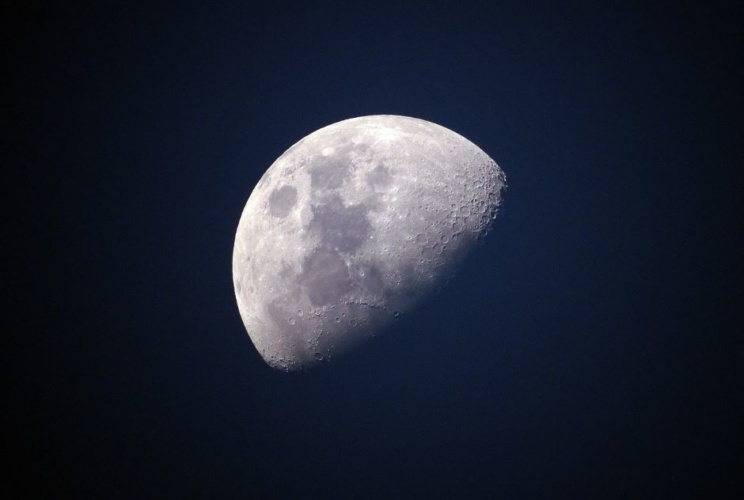
The Moon-scanning method from an international team automatically classifies important lunar features from telescope images.
The choice of future landing and exploration sites may come down to the most promising locations for construction, minerals or energy resources but scanning by eye across such a large area is laborious and often inaccurate.
UK firm to send crawling spider-like rover to the moon
Late Great Engineers: Gene Cernan – the last man on the Moon
Siyuan Chen, Xin Gao and Shuyu Sun at KAUST in Saudi Arabia, along with colleagues from The Chinese University of Hong Kong, have now applied machine learning and AI to automate the identification of prospective lunar landing and exploration areas.
“We are looking for lunar features like craters and rilles, which are thought to be hotspots for energy resources like uranium and helium-3 - a promising resource for nuclear fusion,” Chen said in a statement. “Both have been detected in Moon craters and could be useful resources for replenishing spacecraft fuel.”
Machine learning is a very effective technique for training an AI model to look for certain features on its own. The first problem faced by Chen and his colleagues was that there was no labelled dataset for rilles that could be used to train their model.
“We overcame this challenge by constructing our own training dataset with annotations for both craters and rilles,” said Chen. “To do this, we used an approach called transfer learning to pretrain our rille model on a surface crack dataset with some fine tuning using actual rille masks. Previous approaches require manual annotation for at least part of the input images - our approach does not require human intervention and so allowed us to construct a large high-quality dataset.”
According to KAUST, the next challenge was developing a computational approach that could be used to identify craters and rilles simultaneously, which has not been done before.
“This is a pixel-to-pixel problem for which we need to accurately mask the craters and rilles in a lunar image,” said Chen. “We solved this problem by constructing a deep learning framework called high-resolution-moon-net, which has two independent networks that share the same network architecture to identify craters and rilles simultaneously.”
The team’s approach is said to have achieved precision as high as 83.7 per cent, higher than existing methods for crater detection. Their findings have been published in Applied Energy.










National Gas receives funding to develop Gravitricity underground hydrogen storage system
There can't possibly ever be a '<i>business</i>' case for the <i><b>bulk</b></i> storage of hydrogen, since Green hydrogen electrolysis...